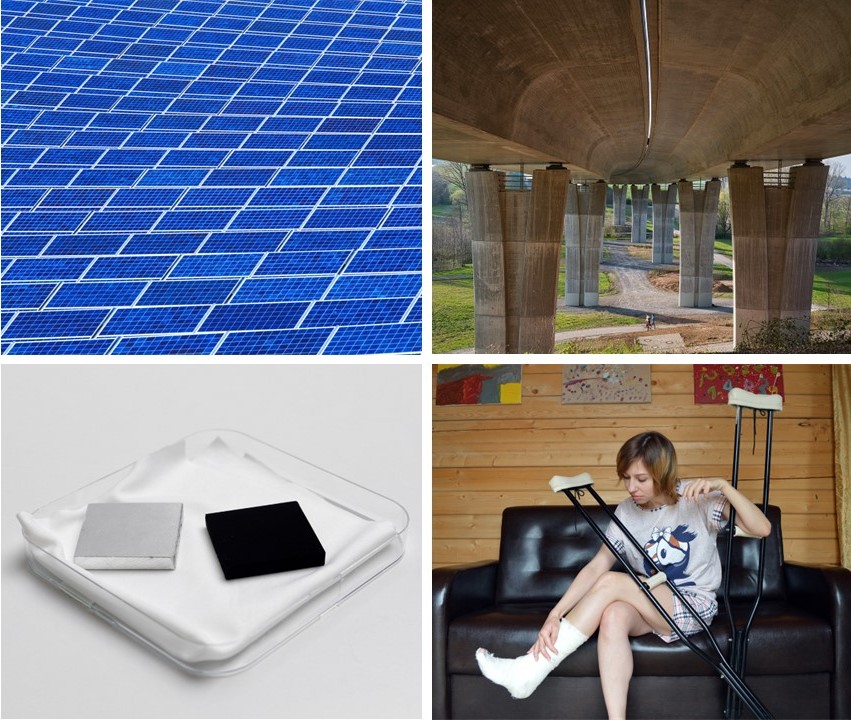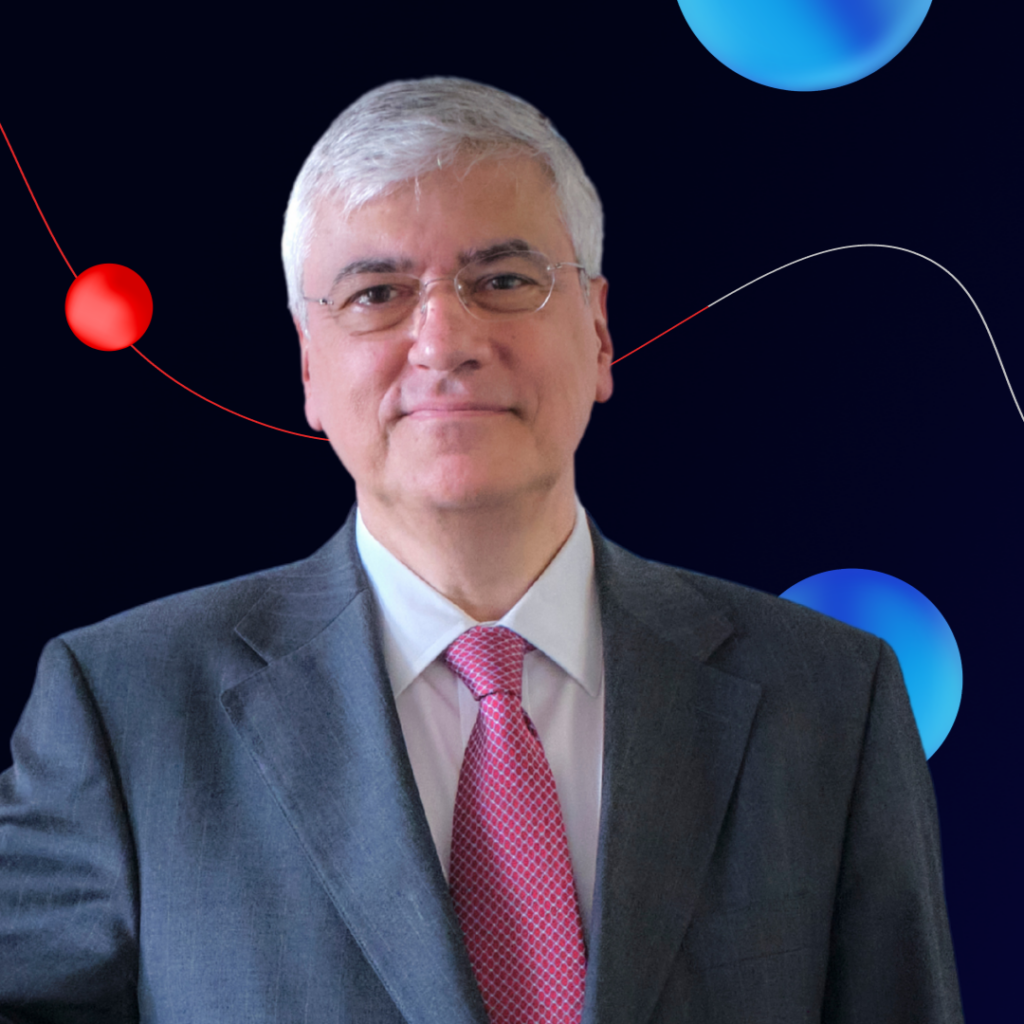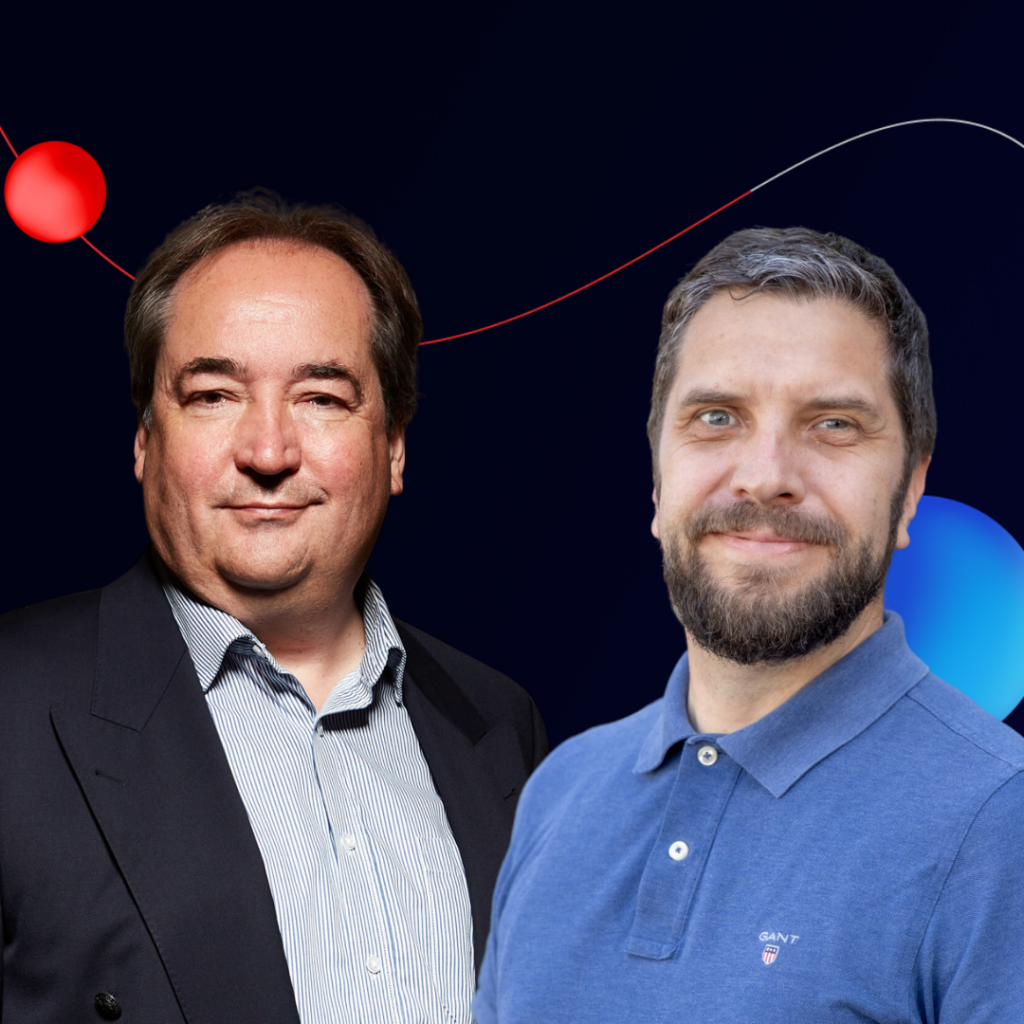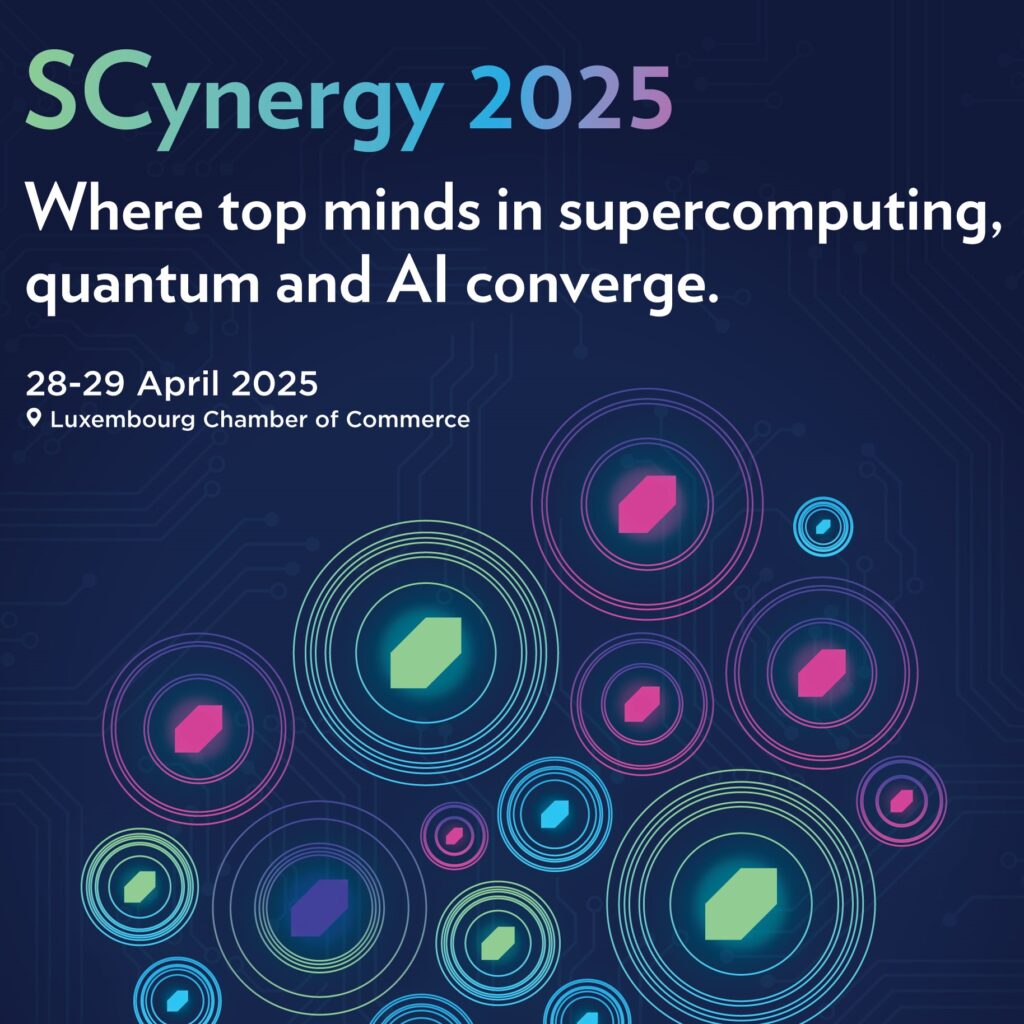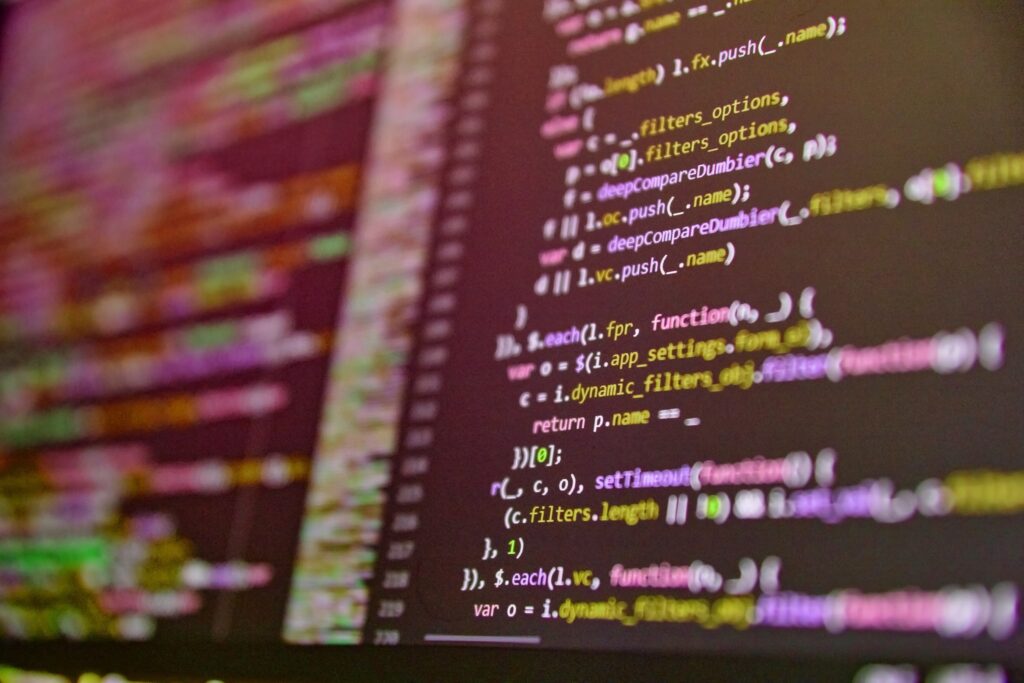Breakthrough towards more efficient and cheaper solar cells
17 August 2023
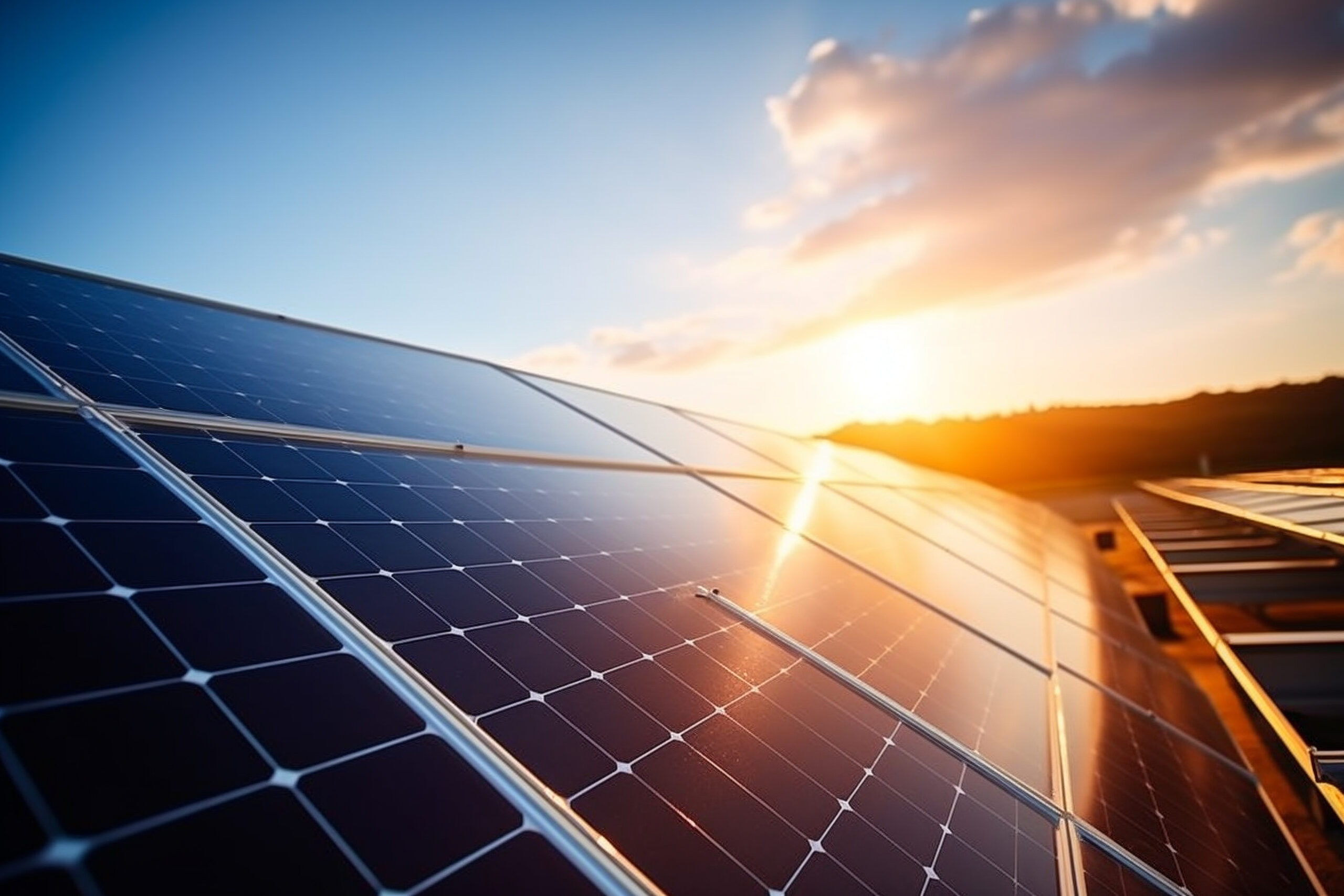
Crossing the 30% efficiency barrier
As the solar industry races to achieve greater efficiency, continued research and development funding will be essential to keep up with the escalating demand for solar power.
As the importance of clean energy becomes plainly evident in the effort to tackle climate change, a breakthrough in solar cell technology can take us that much closer to achieving the world’s renewable energy goals. According to current research, solar power cells have surged past the crucial threshold of 30% energy efficiency, widely regarded as the theoretical maximum in terms of efficiency for silicon-only solar cells.
Racing past crucial energy barrier
“There are many different groups that have been working on various ways to improve the efficiency of solar cells,” says Santhana Eswara, researcher within LIST’s Materials Research and Technology (MRT) department. Together with Saba Tabean, PhD candidate, the duo are among the contributing authors of the article “Interface passivation for 31.25%-efficient perovskite/silicon tandem solar cells”, published in Science.
Silicon solar cells that are commonly used for solar electricity generation are limited in terms of efficiency — the amount of sunlight that hits a solar cell and gets converted into electricity. The current highest efficiency records for silicon-only solar cells stand around 24.5% for commercial cells and 27% in laboratory settings. These figures are considered close to the theoretical maximum of 29% for such cells. Scientists and researchers worldwide are engaged in efforts to enhance this efficiency and develop innovative materials like CIGS (Copper Indium Gallium Selenide) and perovskites as potential alternatives to silicon. The aforementioned research article has demonstrated, for example, an efficiency of 31.25% by stacking silicon and perovskite cells in tandem structures.
“There were some challenges, of course,” continues Eswara . One significant challenge was related to performance loss occurring due to parasitic effects, he explained. When electrons and holes – the two types of charge carriers responsible for creating electric current in semiconducting materials – recombine or trap at interfacial defects within materials, the intended energy to power a device, for example, is lost along the way, leading to reduced efficiency.
To address this issue, effective passivation becomes crucial, says Eswara. Passivation involves adapting the structure and chemistry of interfaces and surfaces so that energy loss is minimized, and a maximum of the energy generated can be utilized efficiently.
A collaboration between Luxembourg LIST and Swiss EFPL
Researchers at LIST have played a crucial role in characterizing the chemical distribution on the surface of the tandem solar cells, assisting research partners at EPFL (École Polytechnique Fédérale de Lausanne).
LIST has been working with EPFL on this for a number of years. While EPFL’s work focuses on material synthesis, we have contributed with advanced tools for nanoscale chemical imaging.
Santhana Eswara
These tools allow researchers to examine the distribution of passivation materials on the tandem cells’ surfaces. By providing visual evidence and characterization, LIST has helped EPFL researchers in improving the performance of the solar cells.
The research partnership occurs within the scope of two projects, NACHOS (Novel NAnostructured passivating Contacts for High efficiency crystalline silicOn Solar cells) and PACE (Photovoltaics: Advanced Concepts for High Efficiency), where the first project was a collaborative effort between LIST and EPFL, and was co-funded by the FNR (Luxembourg National Research Fund) and the SNF (Swiss National Science Foundation), and the latter project is funded by FNR PRIDE.
Eswara is enthusiastic about the results: “It is of course a major breakthrough to cross the 30% efficiency barrier.”
Such results and advanced characterization approaches will also pave the way for the research and development of other perovskite solar-cells getting rid of toxic material like Pb, and other solar-based energy systems like solar-to-H2 devices developed within LIST-MRT.
Damien Lenoble, director of the LIST RT department
Despite this milestone, the degradation of tandem cells over time in real-world conditions remains a challenge that needs to be addressed, he adds. The long-term stability of these cells is critical for their viability as a practical and durable energy solution. Looking ahead, the focus thus shifts towards ensuring the longevity and cost-effectiveness of these solar cells. While multi-junction solar cells (cells made of different semiconductor materials) with even higher efficiencies exist (up to 47%), they are expensive to produce and are mostly suitable for specific applications, such as space satellites or concentrated sunlight scenarios. As the solar industry races to achieve greater efficiency, experts believe that practical limits for efficiency are likely well beyond 35%, and continued research and development funding will be essential to keep up with the escalating demand for solar power.


